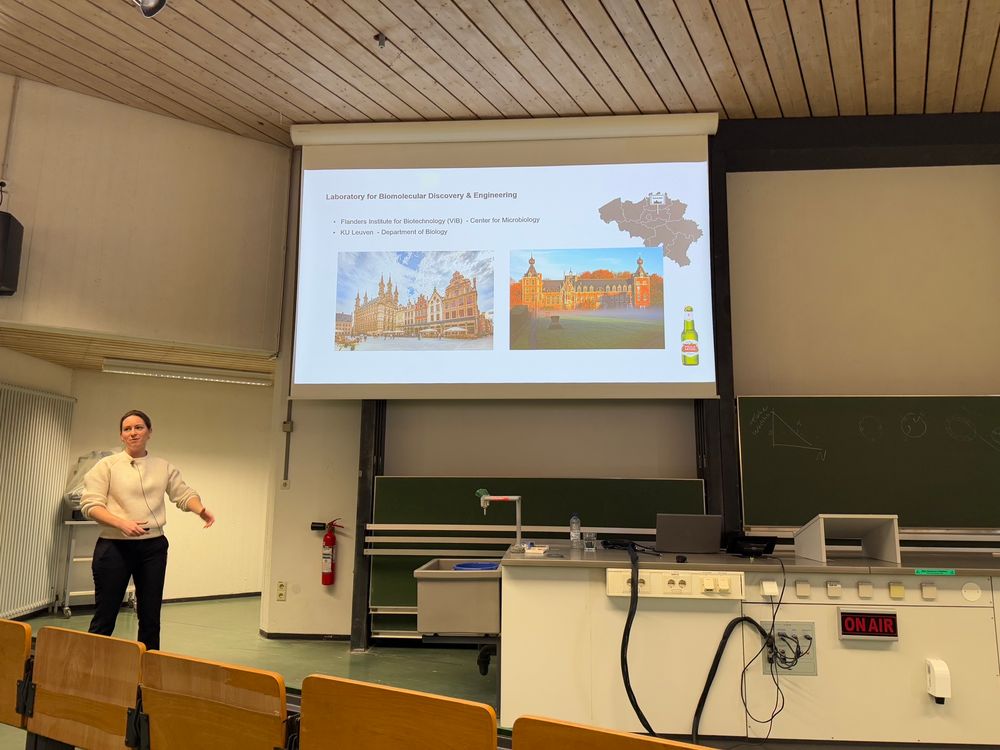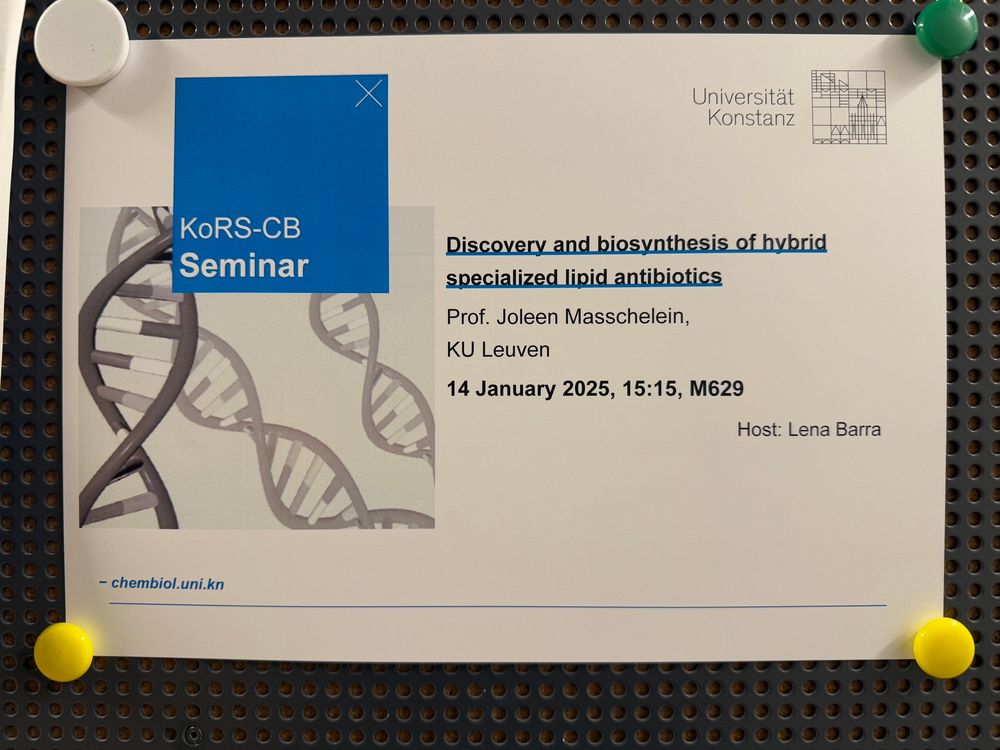https://www.chemie.uni-konstanz.de/ag-barra/

zurl.co/aPslc
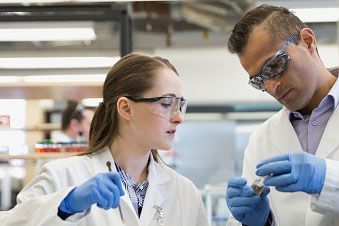
zurl.co/aPslc
www.nature.com/articles/s41...
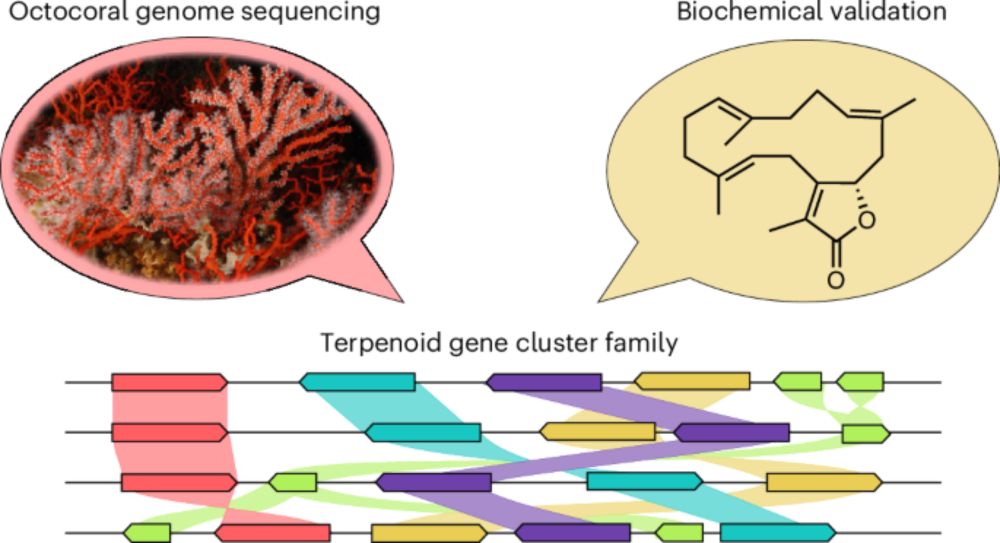
www.nature.com/articles/s41...

👉 europa.eu/!NTYTTV

👉 europa.eu/!NTYTTV
The Humboldt Foundation is deeply concerned about the growing threats to #AcademicFreedom in the USA.
📜 Our president Robert Schlögl calls for global solidarity to protect the science systems:
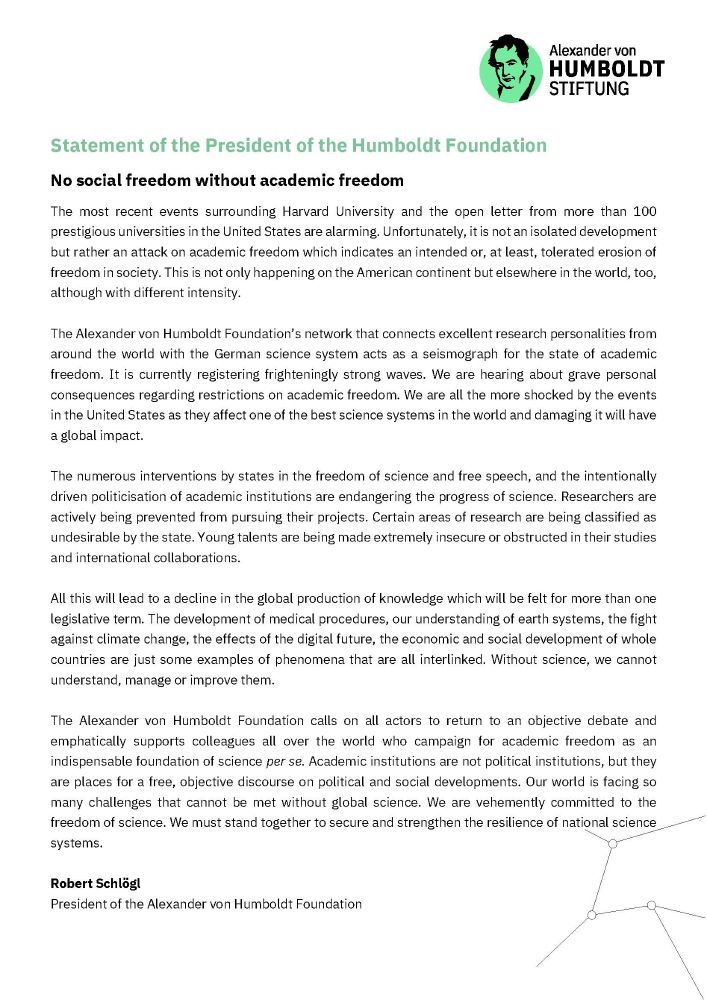
The Humboldt Foundation is deeply concerned about the growing threats to #AcademicFreedom in the USA.
📜 Our president Robert Schlögl calls for global solidarity to protect the science systems:
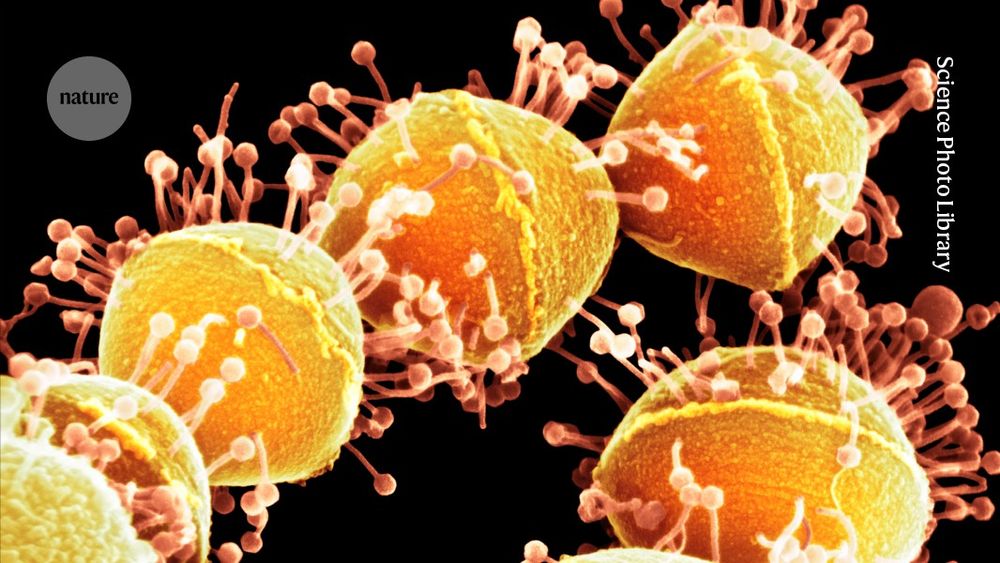
LINK: www.nature.com/articles/s41...
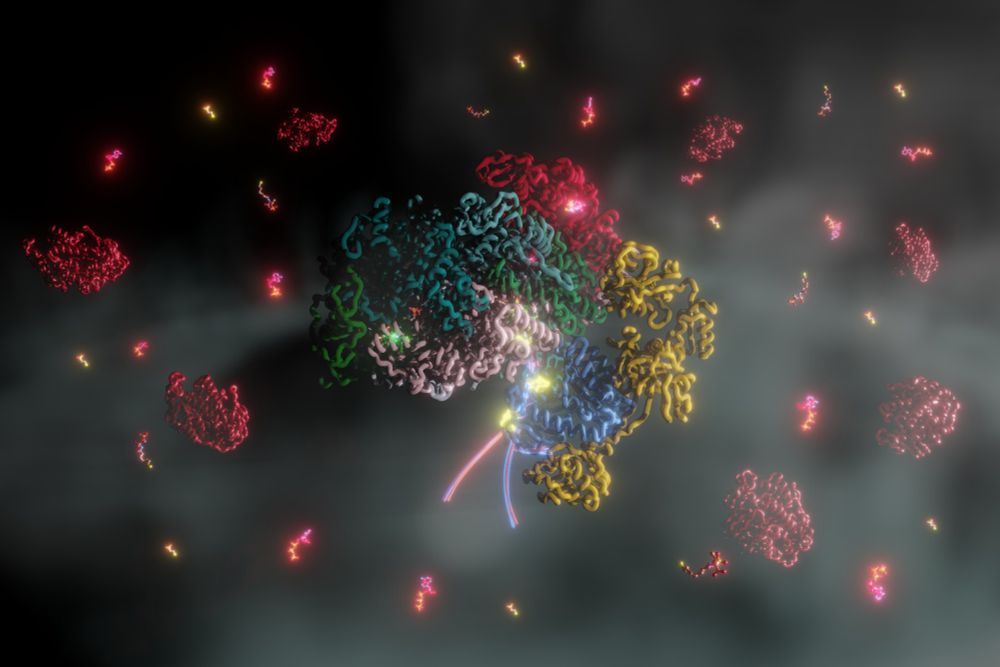
pubs.acs.org/doi/10.1021/...
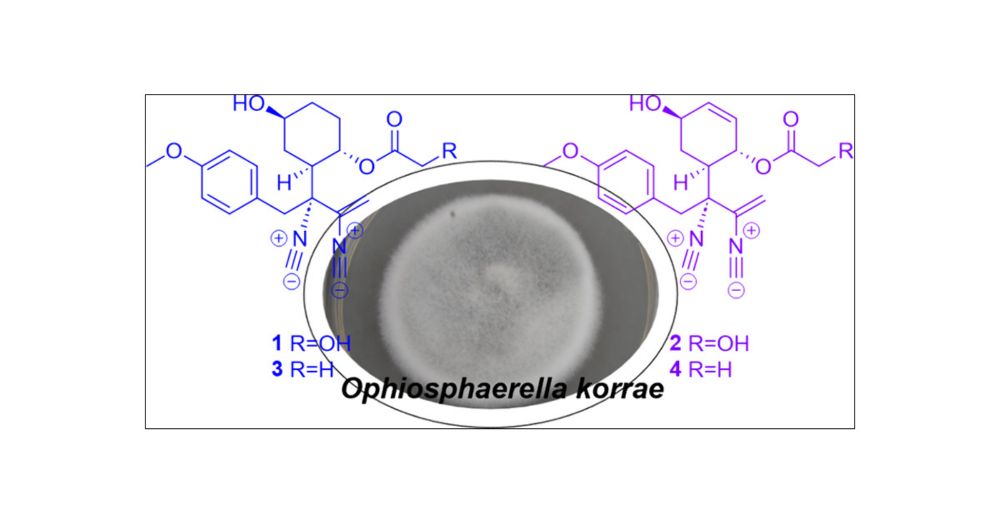
pubs.acs.org/doi/10.1021/...
www.nature.com/articles/d41...

www.nature.com/articles/d41...

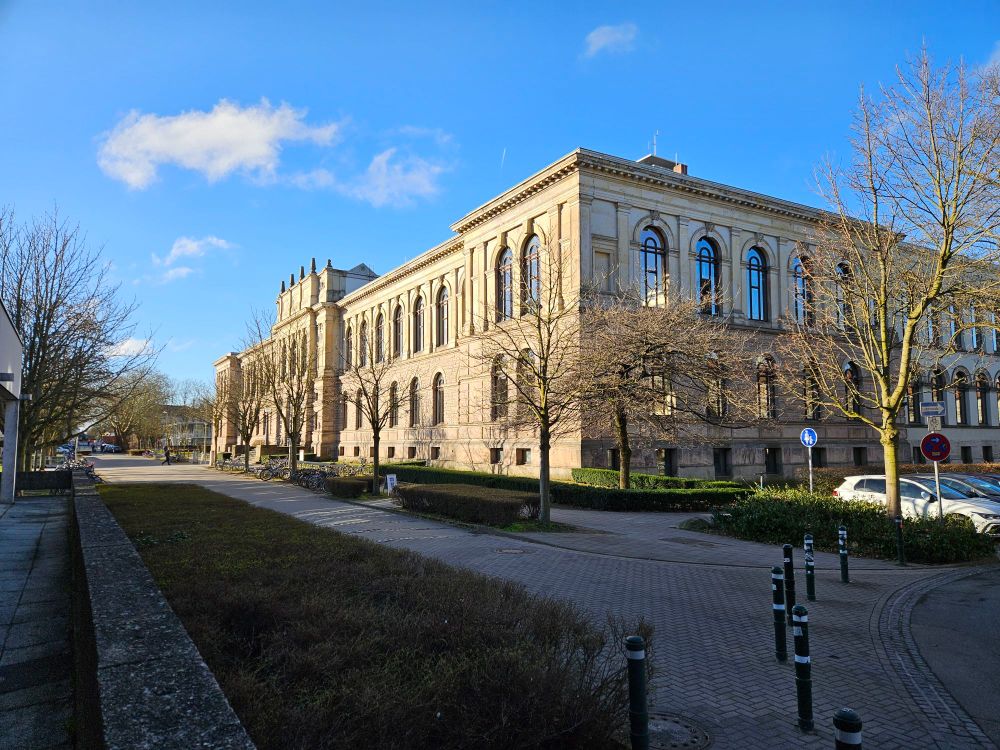
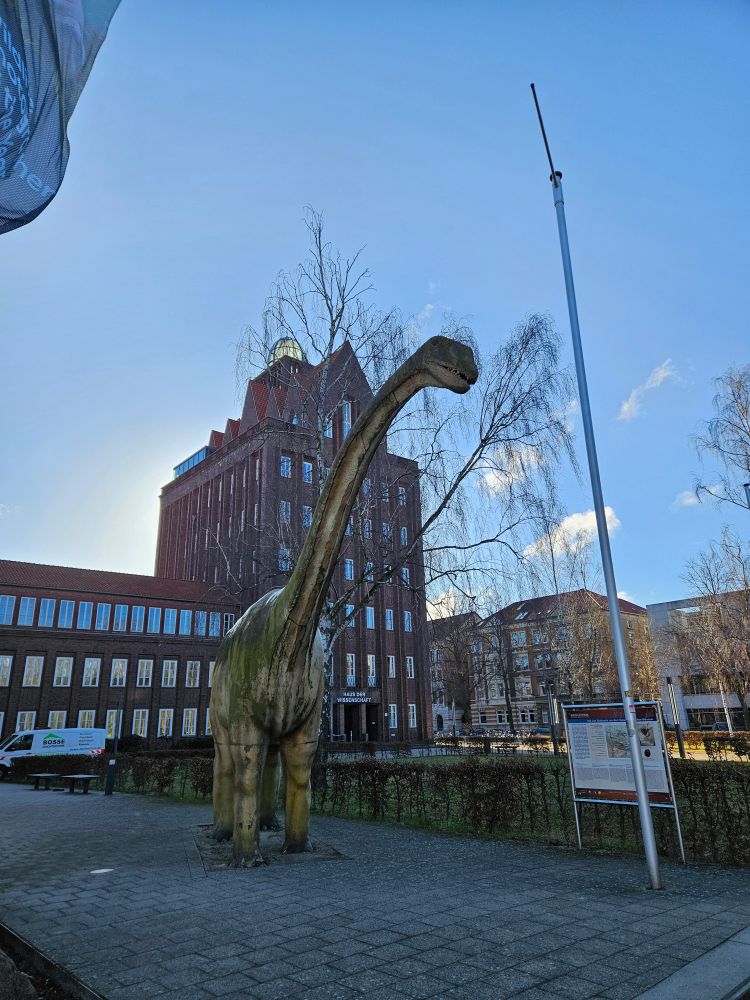
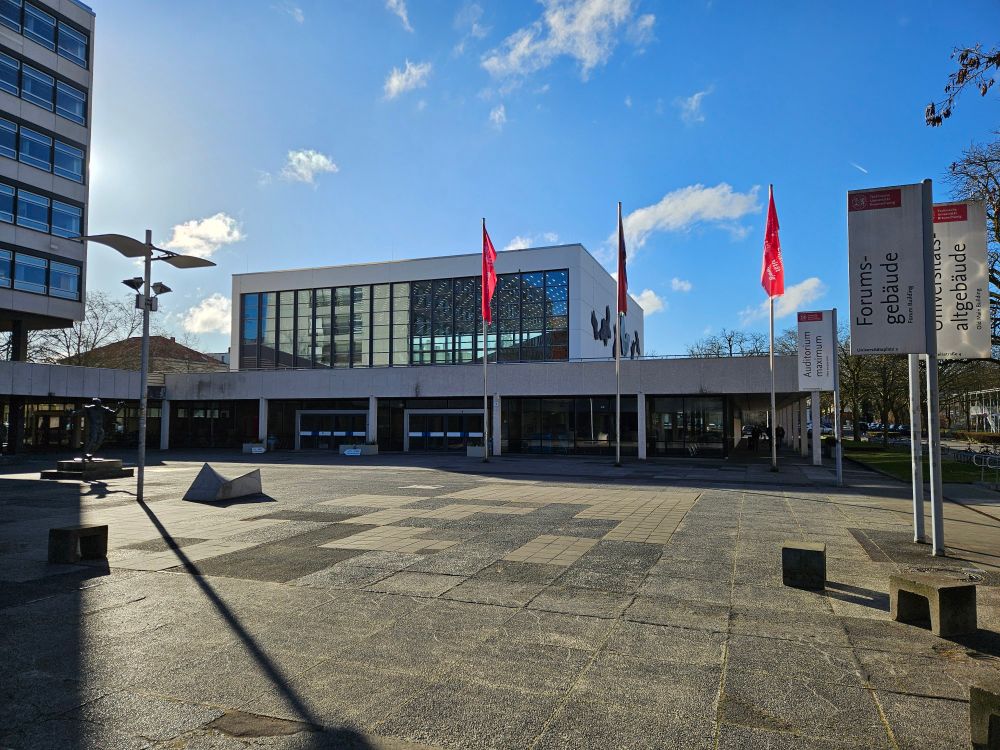
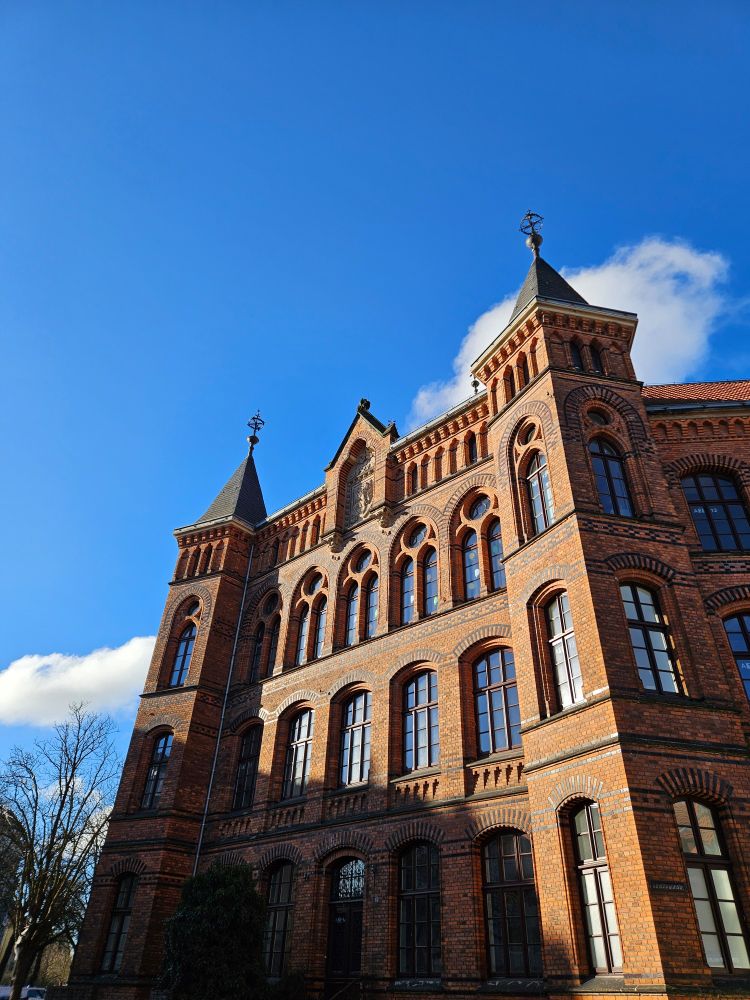
Just met Lena Barra @barra-lab.bsky.social at the Chemiedozententagung #CDT2025 this morning.
Lena co-edited a very successful young investigators special in #BJOC last year.
Always nice to meet the BJOC community in person!
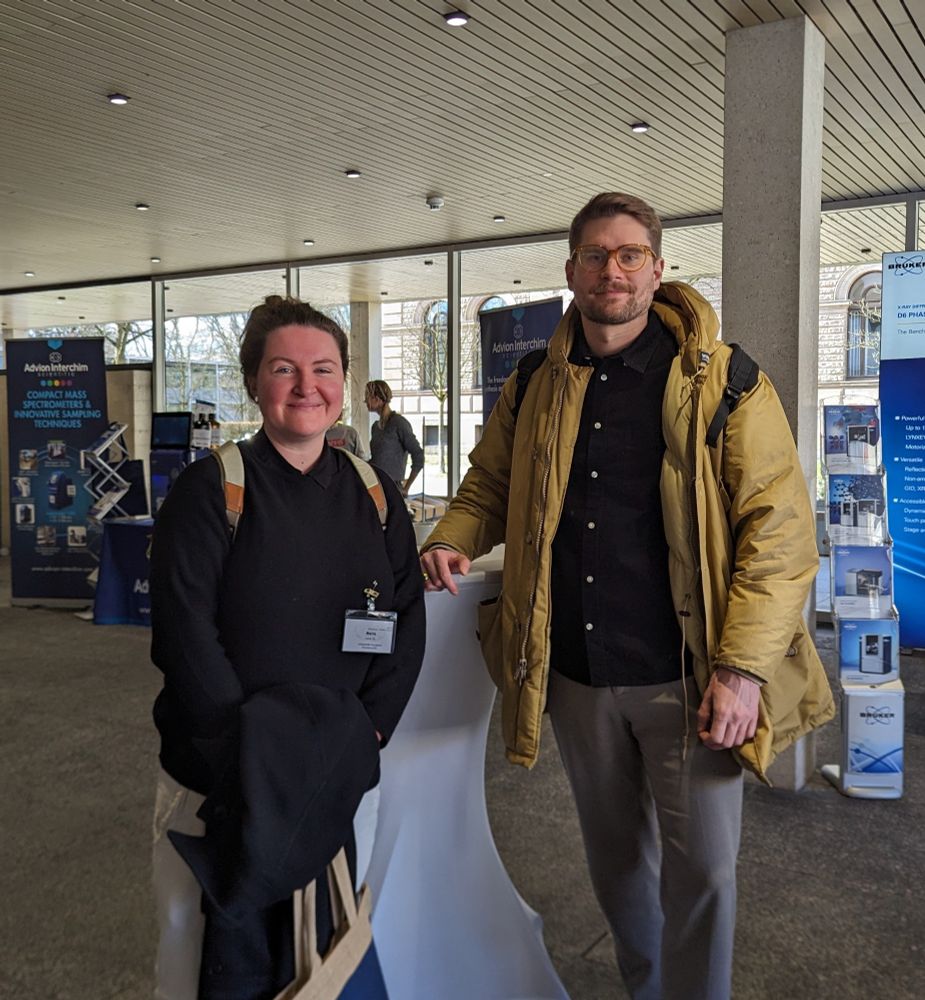
Just met Lena Barra @barra-lab.bsky.social at the Chemiedozententagung #CDT2025 this morning.
Lena co-edited a very successful young investigators special in #BJOC last year.
Always nice to meet the BJOC community in person!
Registration and abstract submission for the #CBNP18 are open! warwick.ac.uk/naturalprodu...
Look forward to seeing you at Warwick University on 26-27 June!
Supported by @ukri.org, @RSC_CBBG and @natprodreports.bsky.social
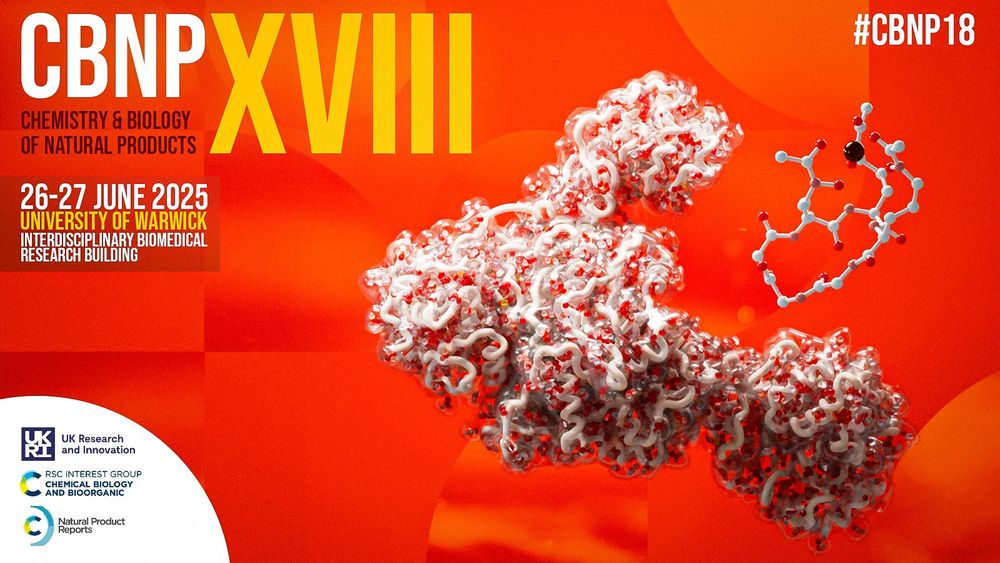
Registration and abstract submission for the #CBNP18 are open! warwick.ac.uk/naturalprodu...
Look forward to seeing you at Warwick University on 26-27 June!
Supported by @ukri.org, @RSC_CBBG and @natprodreports.bsky.social
Recent study analysed such findings—more of them than you'd expect.
👉 www.nature.com/articles/d41...
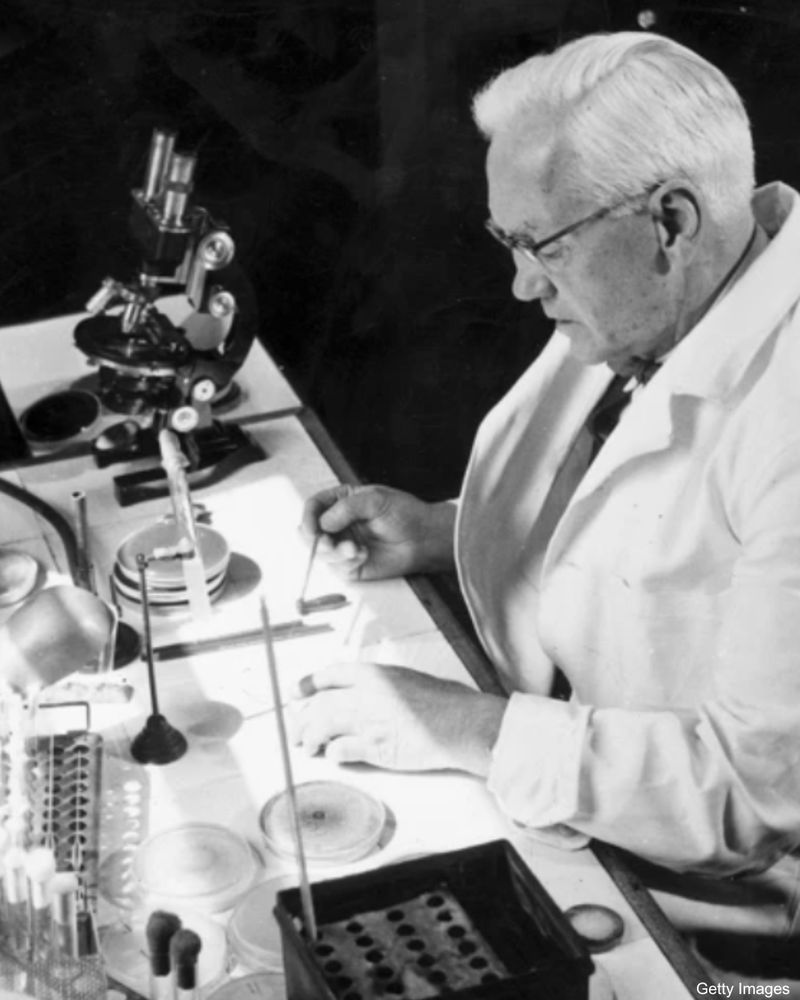
Recent study analysed such findings—more of them than you'd expect.
👉 www.nature.com/articles/d41...
pubs.acs.org/doi/10.1021/...

pubs.acs.org/doi/10.1021/...
Details: https://t1p.de/um29f
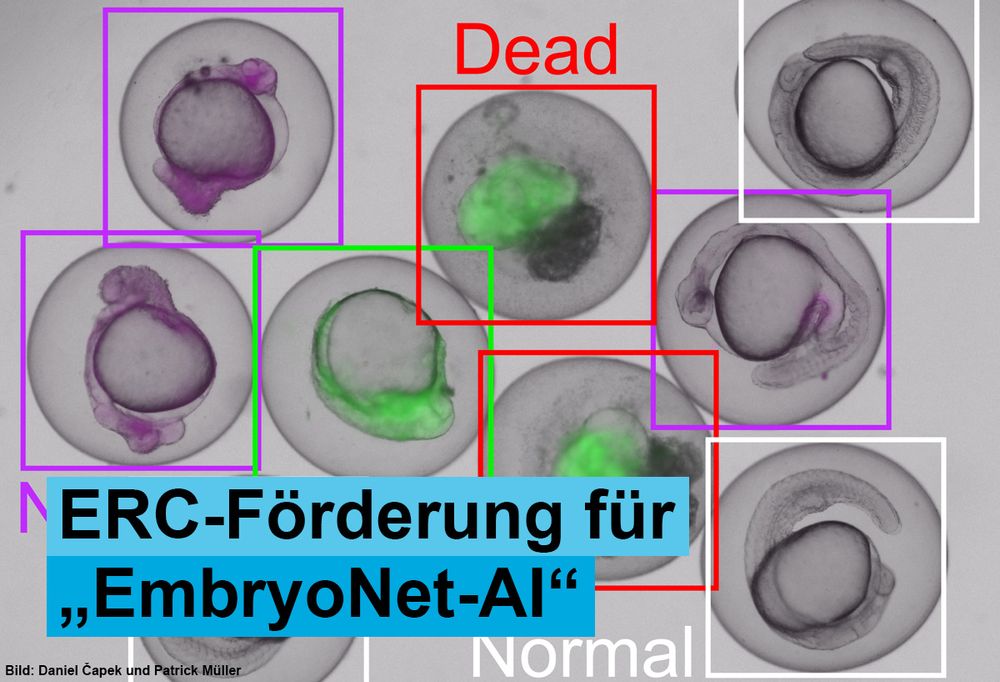
Details: https://t1p.de/um29f
magazin.tu-braunschweig.de/m-post/chemi...
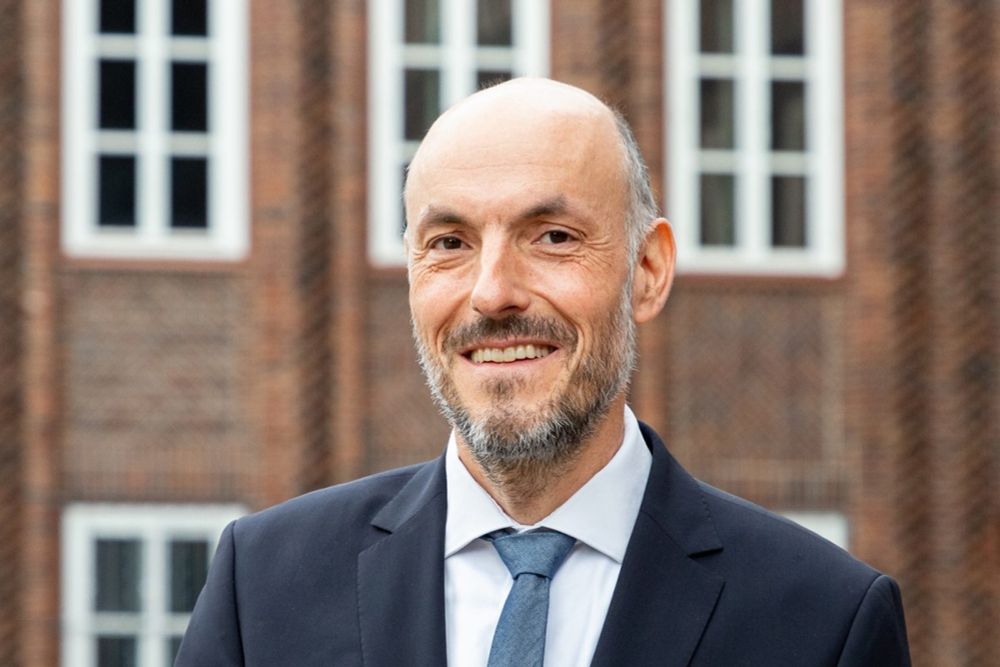
magazin.tu-braunschweig.de/m-post/chemi...
📯List: >200 chemical biologists (probes, OC, PC, imaging): bsky.app/profile/did:...
📯Women in ChemBio Pack: bsky.app/starter-pack...
📯General #ChemBio Pack: bsky.app/starter-pack...
📯 #Photopharma: bsky.app/profile/trac...
#chemsky 🧪 🔬
📯List: >200 chemical biologists (probes, OC, PC, imaging): bsky.app/profile/did:...
📯Women in ChemBio Pack: bsky.app/starter-pack...
📯General #ChemBio Pack: bsky.app/starter-pack...
📯 #Photopharma: bsky.app/profile/trac...
#chemsky 🧪 🔬
#halogenases #biocatalysis
#halogenases #biocatalysis
